Buriti Oil: An Amazonian Treasure for Aging Skin
If you're looking for an all-natural face oil that has a wealth of skin benefits, look no further than buriti oil.
In this blog post, we'll take a closer look at the benefits of buriti oil and why it's one of the best face oils. For more general information, here is our comprehensive guide to face oil.

What's in Buriti Oil?
The fatty acid composition of buriti oil is mainly oleic acid (73%), with palmitic and linoleic acids also present. This is a good fatty acid profile for both dry and aging skin types because oleic acid is highly emollient in nature. Buriti oil also contains phenolic, antioxidant compounds like ferulic acid, caffeic acid, and sinapic acid.
Buriti palm is one of the richest sources of absorbable beta carotene, a precursor to vitamin A. Buriti oil has about 19,500 mcg/100g of vitamin A. For reference, a carrot contains around 4,000 mcg/100g. So if you're looking for high levels of vitamin A for your skin, buriti oil will be your best source.
History of Buriti Oil
The Moriche palm (Mauritia flexuosa) is native to South America. It is found in Brazil, Venezuela, Colombia, Ecuador, Peru, Bolivia, and Guyana. Buriti is often known by other names including: té palm, ita, buriti, muriti, miriti, canangucho, or aguaje.
The palm tree grows 20-35 meters tall, and the leaves can be up to six meters long. The fruits are orange or red and contain a single seed.
The buriti fruit has been used for centuries by the Indigenous people of South America. It is traditionally used to treat wounds, burns, and skin conditions like eczema and psoriasis.
Buriti Oil Skin Benefits
The fact that buriti oil is so high in beta carotene and oleic acids is why it is one of the best face oils for aging skin.
The benefits you'll see from using buriti oil containing face products include:
- Natural buriti oil SPF can boost the effectiveness of your daily sunscreen (but it will not replace your daily UV protection routine).
- Powerful antioxidants fight free radicals that cause signs of premature aging.
- Non-irritating with anti-inflammatory properties.
- Moisturizes and helps prevent water loss. Increased levels of oleic acid make it excellent for people with dry or aging skin.
- High levels of vitamin A may stimulate collagen production and anti-aging effects.
- Buriti oil is an excellent choice for people with dry hair. It will provide conditioning and reduce brittleness and breakage.
- Beneficial for scalp conditions such as dandruff.
Frequently Asked Questions
Here are some more details about buriti oil production and use in the beauty industry:
What is the Environmental Impact of Buriti Fruit Oil Production?
Any time a new fruit or botanical is discovered in the Amazon and labelled as a 'super fruit,' the industrial machine of the west starts churning out products and demanding more and more supply.
The Moriche palm is an important food source for many Amazonian animals and birds. Commercial farming creates a risk of extinction as well as deforestation. One of the reasons for the deforestation and extinction risk is because the female trees are often cut down to harvest the fruits. Cutting them down is the fastest way to get to the top, but it is destructive of the ecosystem.
When purchasing buriti oil, make sure it's sustainably sourced. In addition, sustainable buriti fruit farming helps combat the risks by providing a source of income for farmers while also helping to preserve, or even re-forest, the rainforest.
What Does Buriti Oil Smell Like?
Buriti oil has a light, nutty scent that is not overpowering. It is an excellent choice for people who don't like the smell of essential oils. The aroma is quite earthy, woody, and nutty - not fruity or similar to coconut.
Will Buriti Oil Stain My Skin?
If you use full-strength, pure buriti oil on your skin, there may be some orange staining or transfer onto your clothes/linens. The orange colour comes from carotenoids that give the fruit the vibrant orange color.
The risk of staining is very low compared to other orange oils like sea buckthorn. The orange colour sinks into the skin rapidly and doesn't usually leave any residue.
Is Buriti Oil Good for Acne? Will it Clog Pores?
Buriti oil is not explicitly marketed as an acne treatment, but some people have found it helps. It does have a high level of oleic acid which gives it a comedogenic rating of about 2-3.
This makes it best for people with aging or dry skin.
Is Buriti Oil Safe In Pregnancy?
You may already know our general distaste for all the fear-based marketing towards pregnant women. There is absolutely no reason to be concerned about topical plant oils if you're pregnant or breastfeeding. Taking huge doses of oral vitamin A can be a concern, so we wouldn't recommend consuming it.
Where Can I Buy Buriti Oil?
Products containing buriti oil are available from many online retailers. It may be included as an ingredient in various green beauty products designed for aging skin.
Of course, we recommend our Bakuchiol serum, but there are many good options on the market if you're shopping for an anti aging face oil that contains buriti oil.
References
Hector H.F. Koolen, Felipe M.A. da Silva, Fábio C. Gozzo, Antonia Q.L. de Souza, Afonso D.L. de Souza. 2013. Antioxidant, antimicrobial activities and characterization of phenolic compounds from buriti. Food Research International, 51(2), Pages 467-473.
Santos, ML. 2005. Nutritional and ecological aspects of buriti or aguaje (Mauritia flexuosa Linnaeus filius): a carotene-rich palm fruit from Latin America. Ecology of food and nutrition. 44(5), pp.345-358.
Ferreira MOG, Lima IS, Ribeiro AB, et al. Biocompatible Gels of Chitosan-Buriti Oil for Potential Wound Healing Applications. Materials (Basel). 2020;13(8):1977. Published 2020 Apr 23. doi:10.3390/ma13081977
Zanatta CF, Mitjans M, Urgatondo V, Rocha-Filho PA, Vinardell MP. Photoprotective potential of emulsions formulated with Buriti oil (Mauritia flexuosa) against UV irradiation on keratinocytes and fibroblasts cell lines. Food Chem Toxicol. 2010 Jan;48(1):70-5. doi: 10.1016/j.fct.2009.09.017. Epub 2009 Sep 18. PMID: 19766688.
Dr. Heather Smith developed her love for skinimalism and clean beauty years ago when she began making home remedies for her newborn's eczema. She is an expert in natural ingredients and active botanicals and has now launched bareLUXE Skincare - a full line of effective oil serums. She dedicates this blog to consumers who are researching ingredients and working to make their beauty ritual more natural and sustainable.

MEDICAL DISCLAIMER
This content is for informational and educational purposes only. It is not intended to provide medical advice or to take the place of such advice or treatment from a personal physician. All readers/viewers of this content are advised to consult their doctors or qualified health professionals regarding specific health questions. Neither Dr. Smith nor the publisher of this content takes responsibility for possible health consequences of any person or persons reading or following the information in this educational content. All viewers of this content should consult their physicians about their skincare concerns and routines.


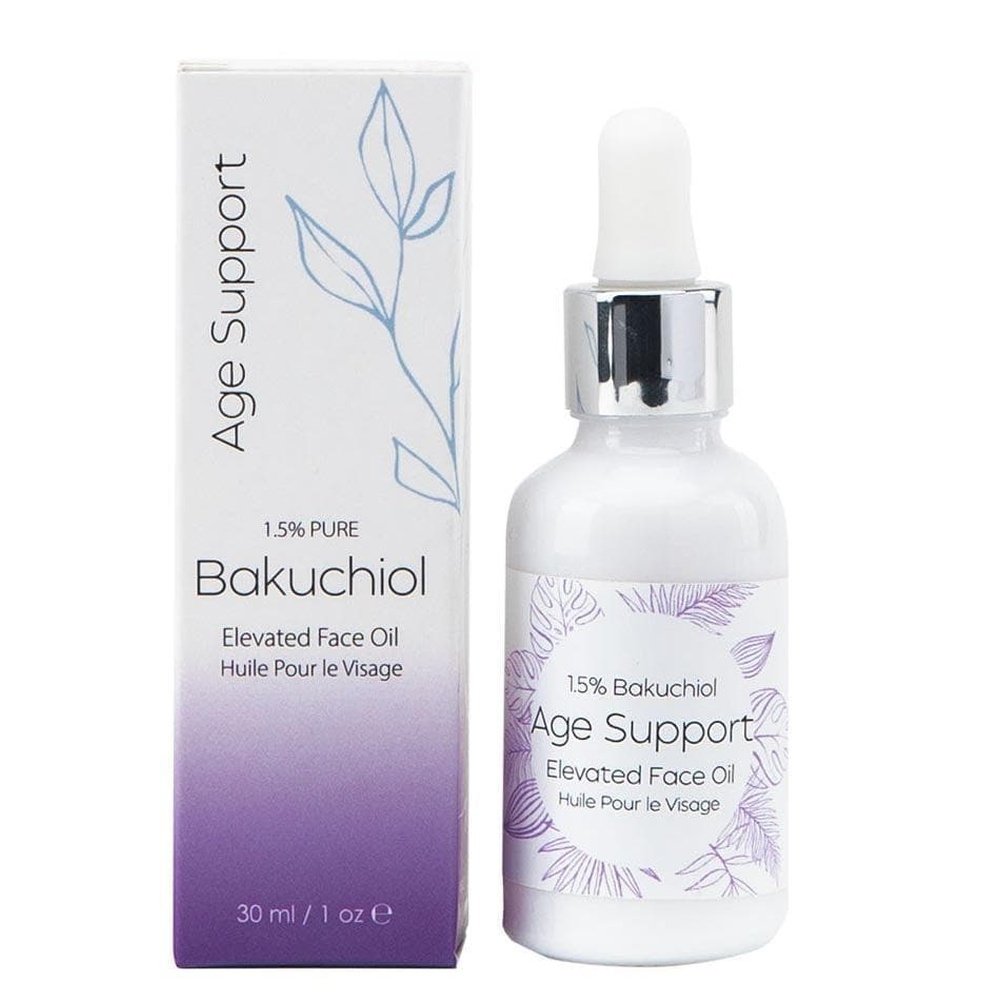
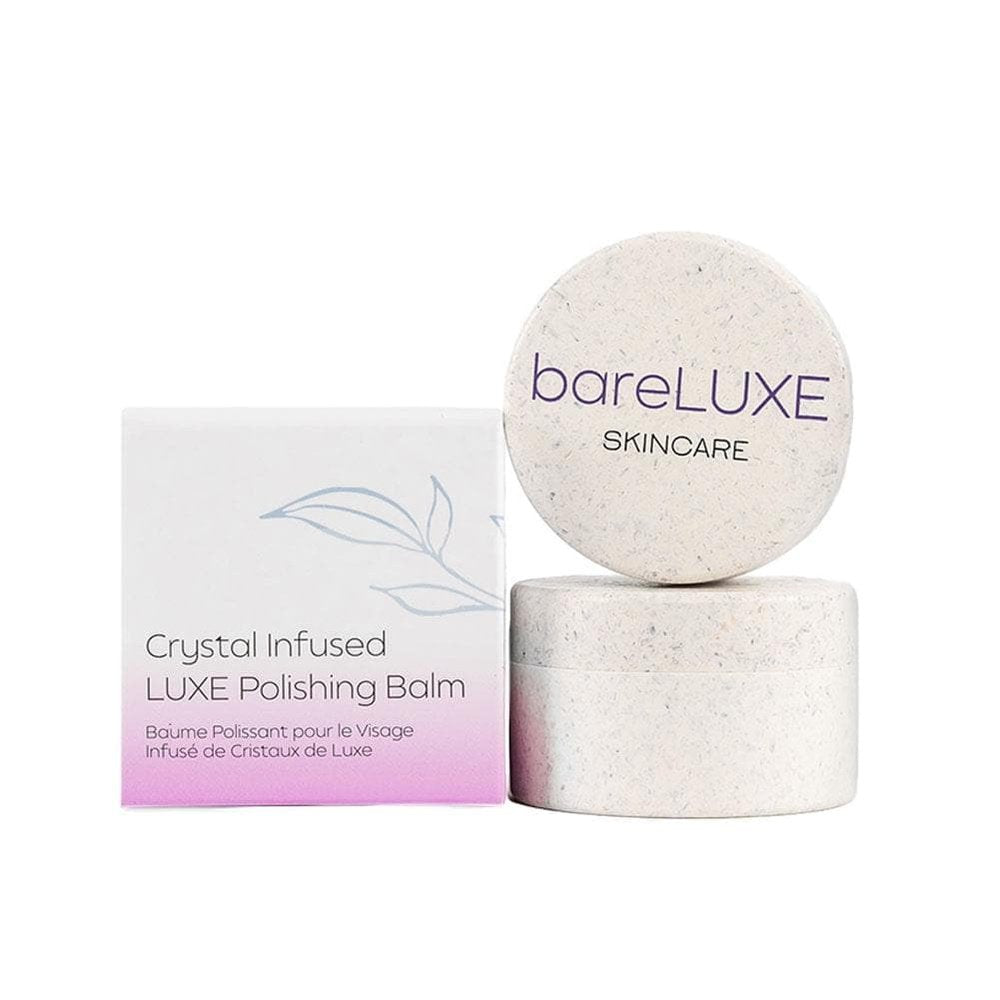
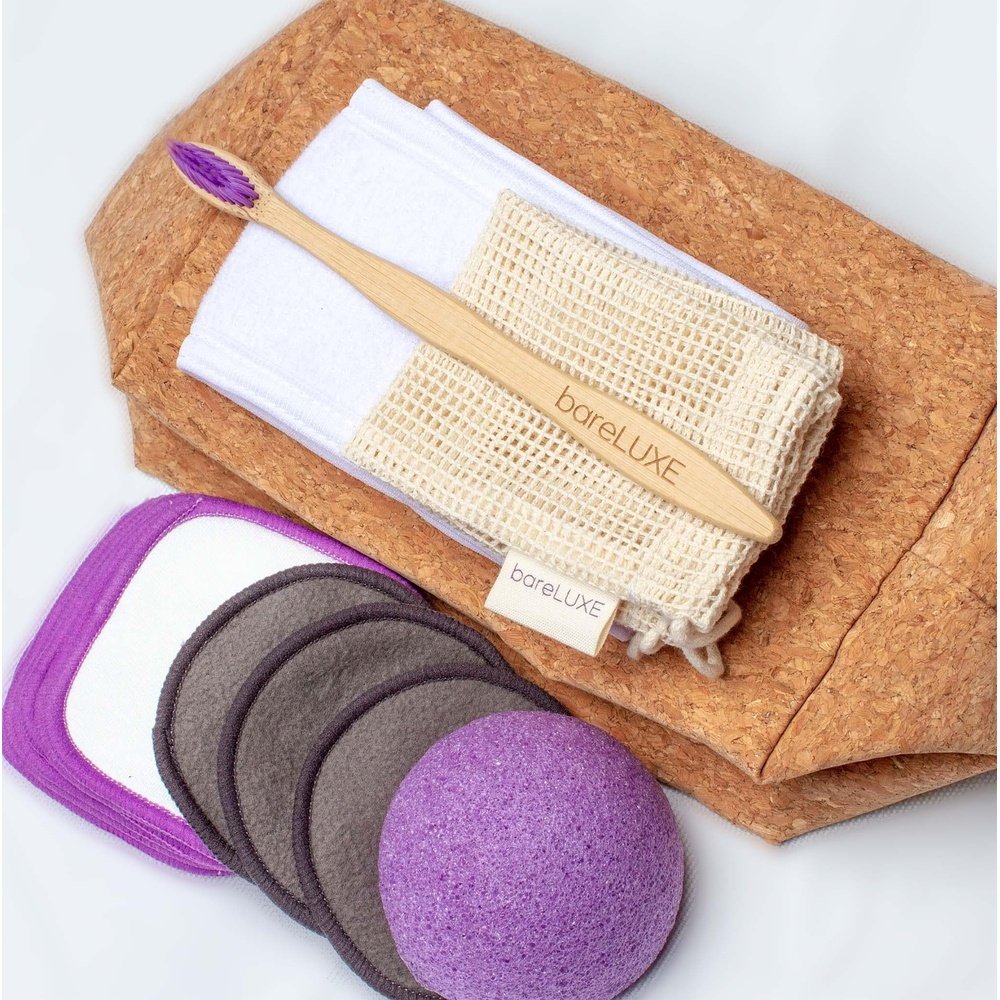
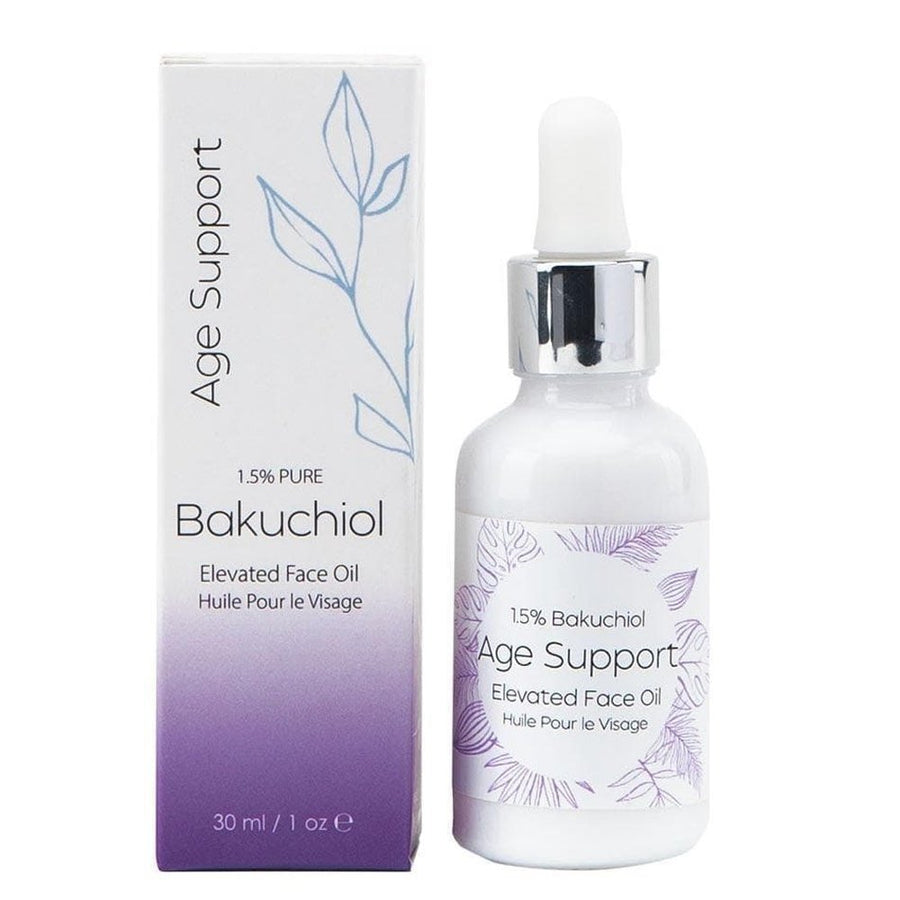
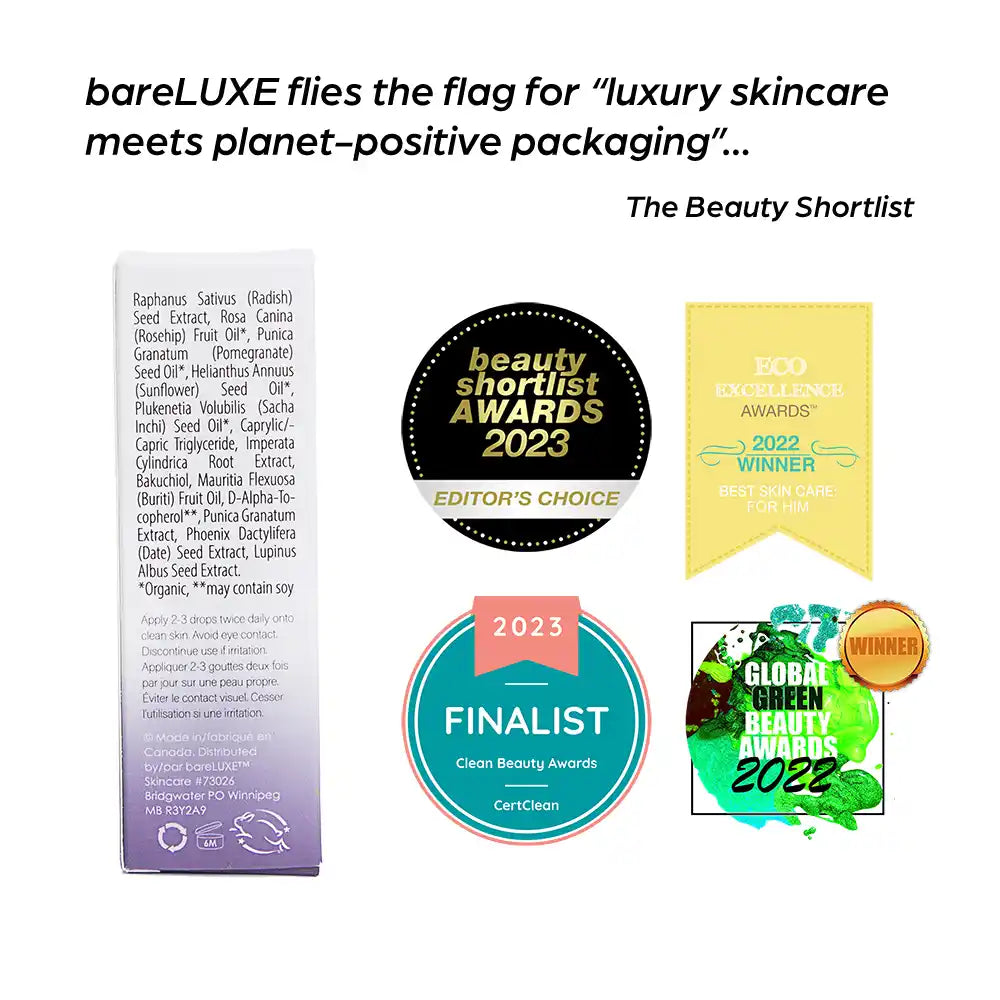
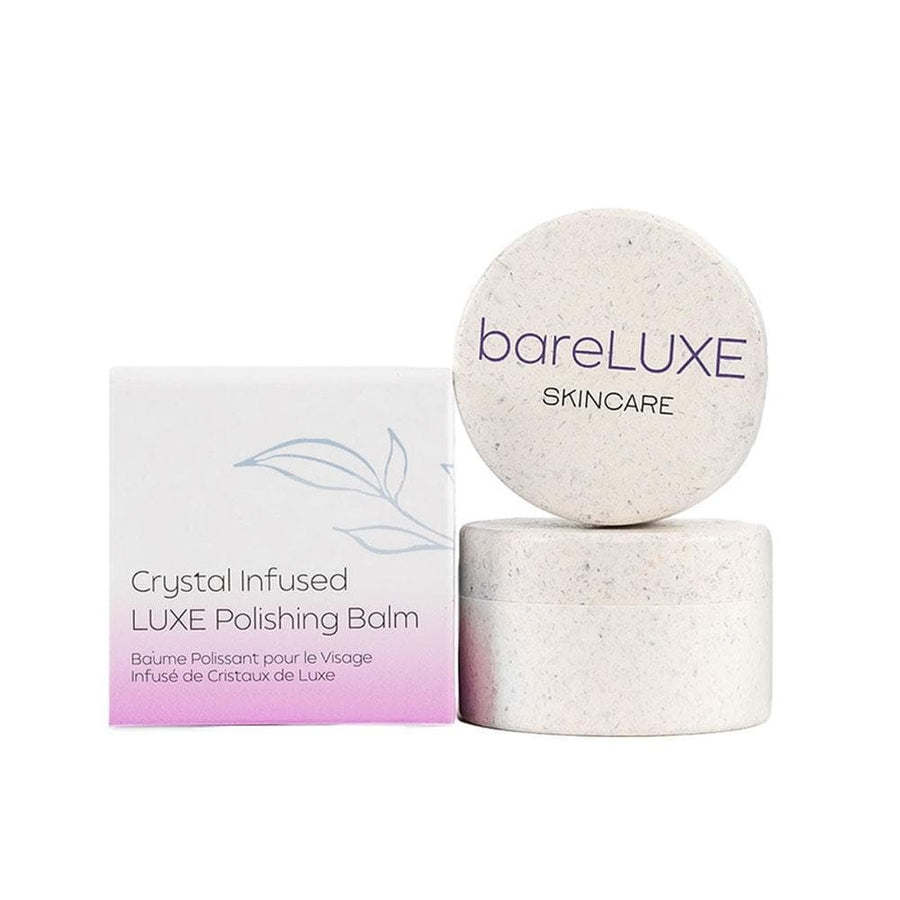
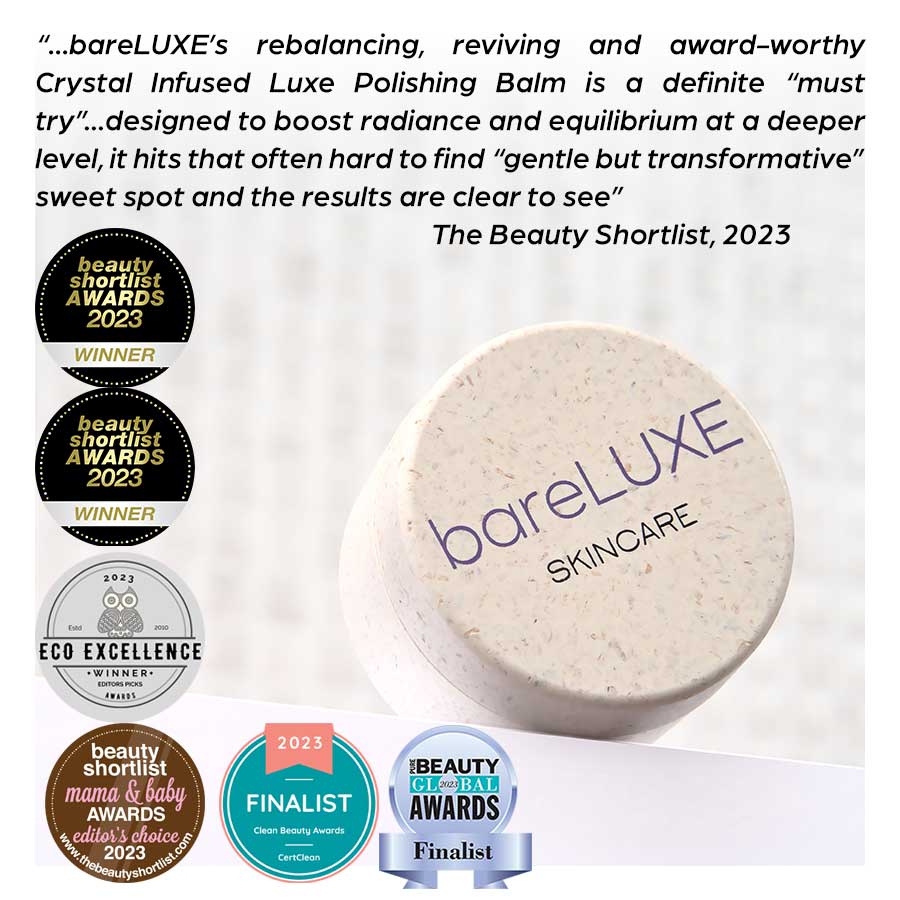
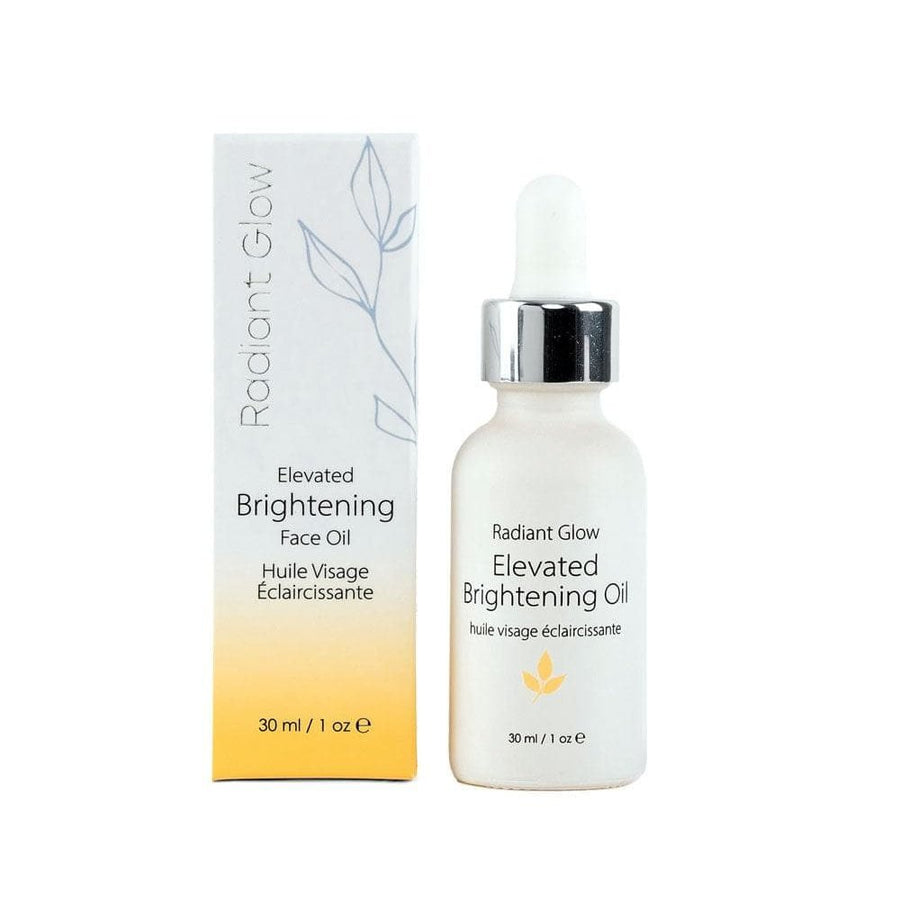
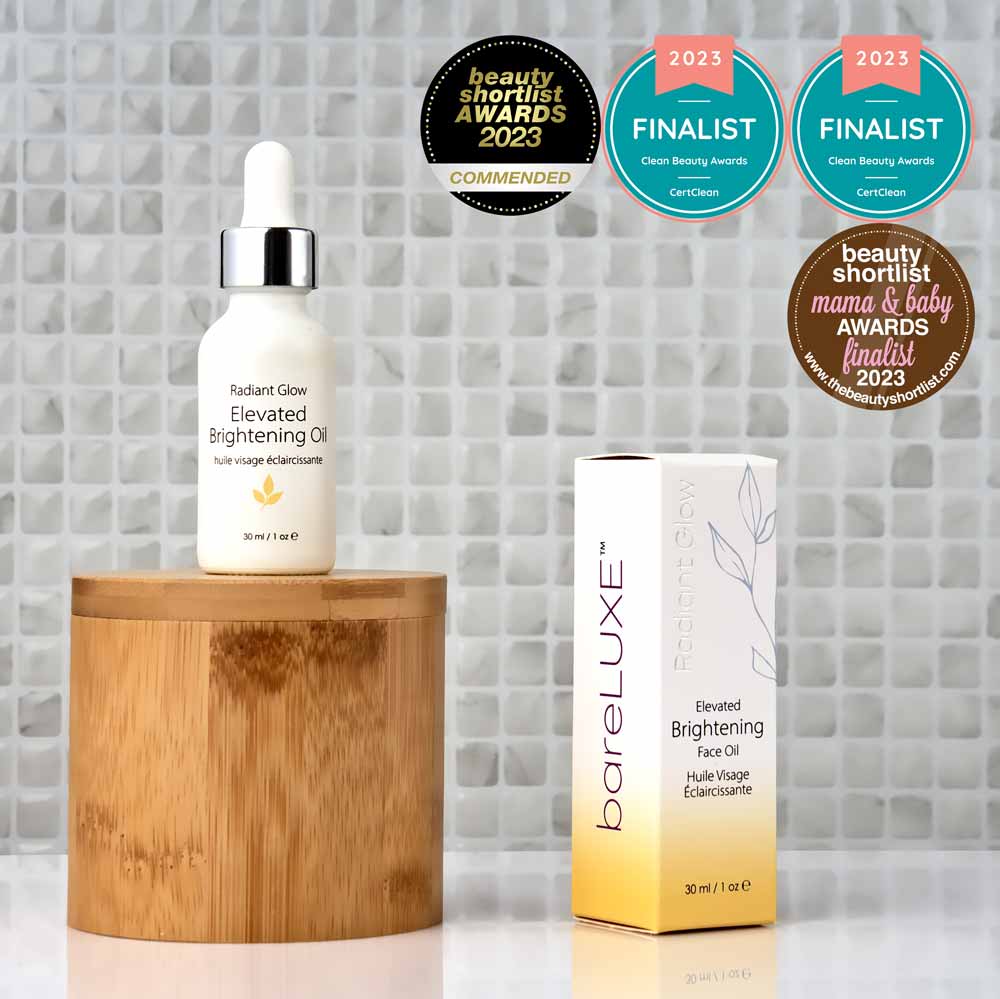
Leave a comment